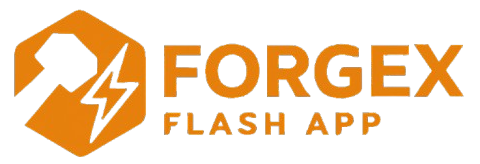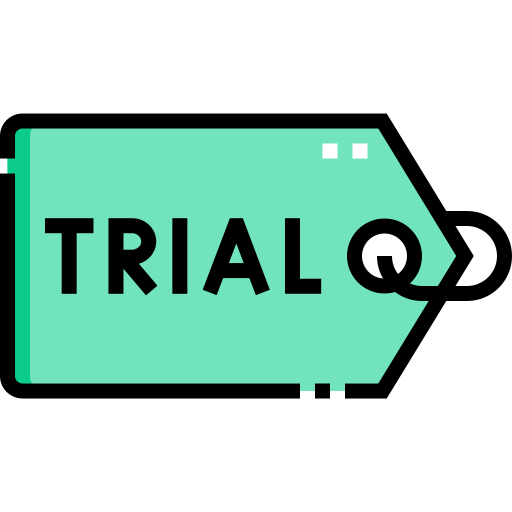The blockchain industry is rapidly growing, and developers need reliable tools to design, test, and deploy applications. Whether you are building wallets, decentralized apps (dApps), or smart contracts, crypto development tools provide the frameworks, libraries, and testing environments required to ensure efficiency and security....
The Bitcoin network is designed to prevent double spending, which is the act of trying to use the same Bitcoin in more than one transaction. While the blockchain’s consensus rules make this nearly impossible on the mainnet, developers, security testers, and blockchain researchers often...
USDT, also known as Tether, is one of the most widely used stablecoins in the cryptocurrency market. Its stability and frequent use in trading pairs make it a vital part of the blockchain ecosystem. However, before integrating USDT into wallets, exchanges, or payment platforms,...
Working with Bitcoin can be complex, especially when testing wallets, exchanges, or blockchain applications. Using real Bitcoin for experiments can be risky and expensive. To address this, developers often rely on a testnet Bitcoin flashing tool to simulate and broadcast transactions in a safe...
As cryptocurrency adoption grows, the demand for secure and reliable wallets has never been higher. A crypto wallet is a critical tool that enables users to store, send, and receive digital assets. However, before reaching end-users, these wallets must be thoroughly tested to ensure...
Working with Bitcoin transactions can be challenging for developers, researchers, and beginners who want to understand blockchain technology. Since real Bitcoin carries financial risk, professionals often rely on a Bitcoin transaction simulator to practice, test, and experiment safely. A simulator provides a risk-free environment...






